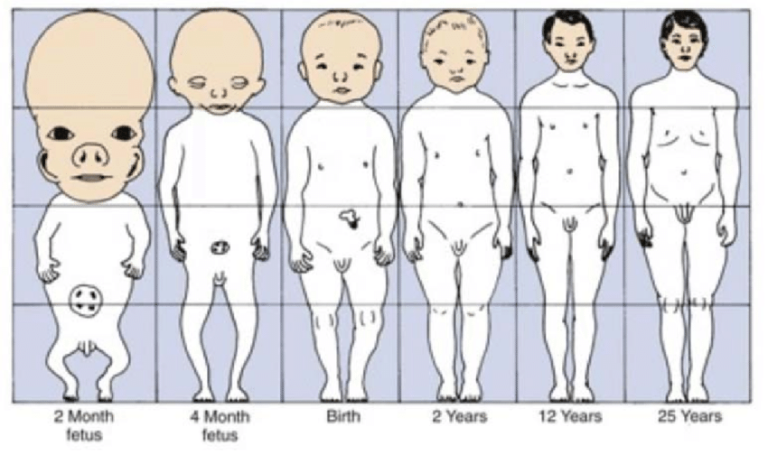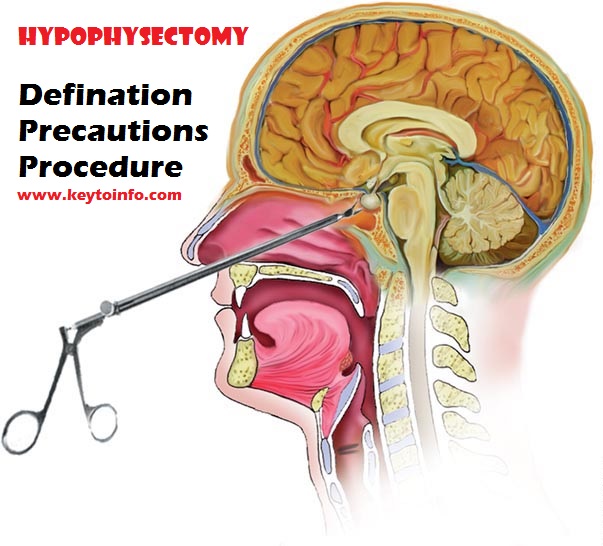Exploring the Montessori Method of Teaching

The Montessori method of teaching is a popular educational approach. It emphasizes hands-on, experiential learning. It also promotes independence, creativity, and more.
It was developed by Italian physician and educator Maria Montessori in the early 1900s. It has been embraced by educators and parents around the world. It is a child-centered approach emphasizing hands-on learning, mixed age groups, and more!
This article will explore each of the elements in more detail. We will also discuss key components of the Montessori approach. Read on to learn more!
Table of Contents
Child-Centered Learning
The teacher observes students in Montessori education. They provide the necessary materials and guidance to support a child’s development. The focus is on the child’s interests and abilities. Then teachers will adapt the curriculum accordingly.
In a Montessori classroom, children are encouraged to learn at their own pace. There is no set timeline for learning, and children are not compared to each other. Instead, they are encouraged to work at their own level and progress at their own pace.
Hands-On Learning
Children work with materials designed to engage their senses and promote learning. These materials are often self-correcting. It helps them learn from their mistakes and correct themselves!
For example, children might work with materials such as sandpaper. They may also have letters to learn the alphabet. They may be movable to practice spelling and writing.
Different materials are designed to be attractive and engaging. It helps children get drawn to them and motivates them to learn.
Mixed Age Groups
In a Montessori classroom, children group together in mixed-age groups. Younger children learn from older children. Older children reinforce their learning by teaching younger children.
It promotes socialization and cooperation. Everyone can learn to work together and help each other. It creates a supportive and collaborative learning environment.
Prepared Environment
Classrooms are designed to promote learning and independence. The materials are arranged on low shelves. That makes it easier for children to access them.
The room is set up to encourage movement and exploration. It is also designed to be aesthetically pleasing. It emphasizes order and cleanliness.
Overall, it creates a calm and peaceful environment. Learning and concentration are promoted through the Montessori homeschooling sensorial curriculum. It provides a unique and effective approach to education!
Self-Directed Learning
Self-directed learning is highly encouraged in the Montessori method. Children can choose their own activities. They can work at their own pace.
They can follow their interests and passions and take ownership of their education! Teachers are guides and facilitators rather than a lecturer. They observe, guide, and support when needed but allow the child to lead their learning.
Embracing the Montessori Method
The Montessori method of teaching is a child-centered approach. It emphasizes hands-on and self-directed learning. It promotes independence, creativity, and critical thinking skills.
Get your kids to learn at their own pace and follow their interests. The Montessori method creates a supportive and collaborative learning environment. It can help prepare them for a lifetime of learning!
Do you now have a better understanding of the Montessori method? If so, check out our blog. We have more valuable content for you to check out there.






